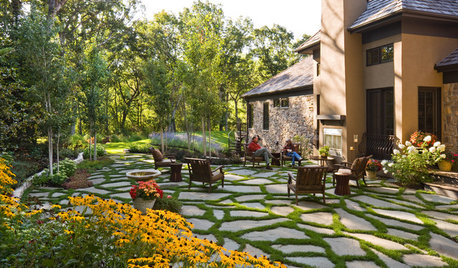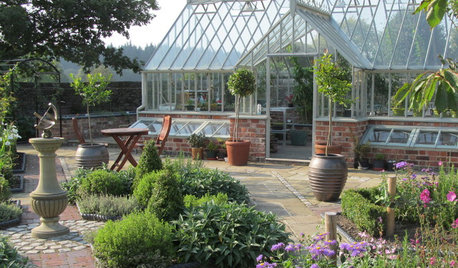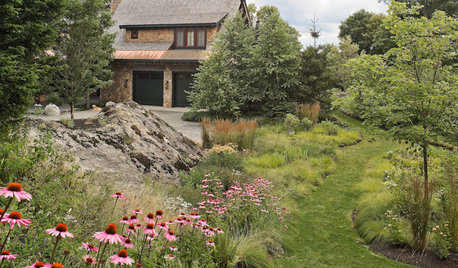A lawn made of clover, thyme, and catmint?
torajima
16 years ago
Featured Answer
Sort by:Oldest
Comments (10)
davemichigan
16 years agotorajima
16 years agoRelated Professionals
New Bedford Landscape Architects & Landscape Designers · Cottonwood Landscape Architects & Landscape Designers · Quincy Landscape Architects & Landscape Designers · El Mirage Landscape Contractors · Fort Atkinson Landscape Contractors · Golden Gate Landscape Contractors · Longview Landscape Contractors · Mastic Beach Landscape Contractors · Red Oak Landscape Contractors · Waipahu Landscape Contractors · Westchester Landscape Contractors · Conroe Decks, Patios & Outdoor Enclosures · Fresno Decks, Patios & Outdoor Enclosures · Knoxville Decks, Patios & Outdoor Enclosures · Providence Siding & Exteriorsdavemichigan
16 years agosuburbanmd
16 years agosparrowhawk
16 years agoKingsTable
13 years agoweedlady
13 years agoBonnie
8 years agoKenneth Dailey
4 years ago
Related Stories

LANDSCAPE DESIGN7 Low-Maintenance Lawn Alternatives
Turf isn't the only ground cover in town. Get a lush no-grass lawn with clover, moss and other easy-care plants
Full Story
SAVING WATERHouzz Call: Are You Letting Go of Your Lawn?
Many facing a drought are swapping turf for less thirsty plantings. If you’re one of them, we’d like to hear about it
Full Story
LAWN ALTERNATIVESStop Fighting the Patchy Lawn!
Here are 3 situations where a garden may be a better idea than more turfgrass
Full Story
GARDENING GUIDESHouzz Call: What’s Your Favorite Backyard Beauty?
The simple, honest daisy is this writer’s go-to garden flower. We want to hear which plant, flowering or otherwise, gives you special joy
Full Story
GARDENING AND LANDSCAPINGPatio Pavers Go Green in Between
Kind to the environment and easy on the eyes, pavers with moss or other foliage in the joints create a charming permeable hardscape
Full Story
GARDENING GUIDES7 Ecofriendly Gardening Ideas That Also Cut Chore Time
Spend less time weeding, less money watering and more moments just sitting back and enjoying your healthy garden
Full Story
GARDENING GUIDESWindy English Plot Becomes a Kitchen Garden
A garden in Derbyshire’s Peak District combines practical elements and beautiful design
Full Story
EARTH DAYHow to Design a Garden for Native Bees
Create a garden that not only looks beautiful but also nurtures native bees — and helps other wildlife in the process
Full Story
EDIBLE GARDENSNatural Ways to Get Rid of Weeds in Your Garden
Use these techniques to help prevent the spread of weeds and to learn about your soil
Full Story
GARDENING GUIDES13 Risks to Take for True Garden Rewards
Go ahead, be a rebel. Breaking rules in the garden can lead to more happiness, creativity and connection with the earth
Full Story





gimpytwice